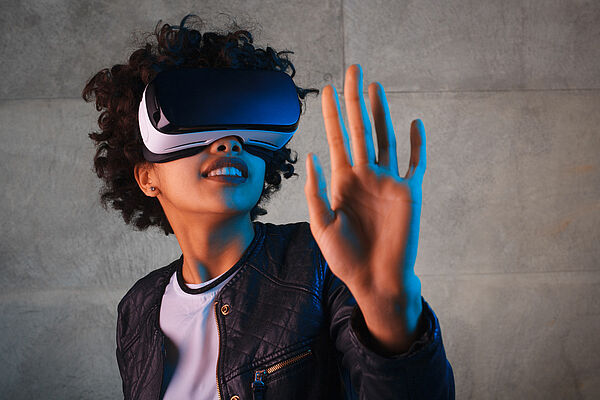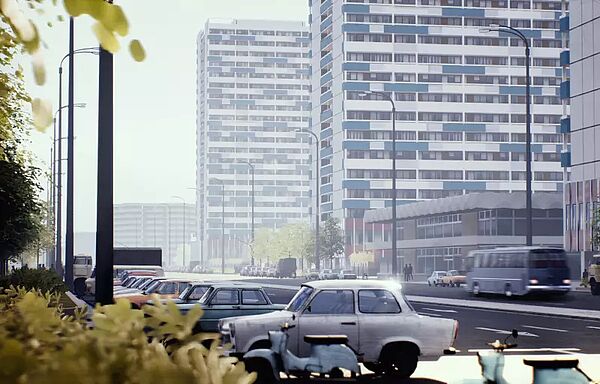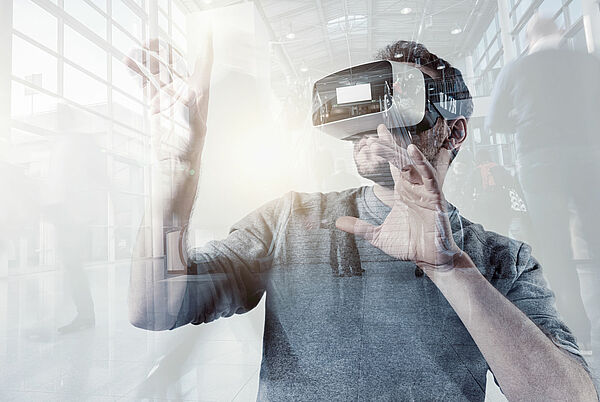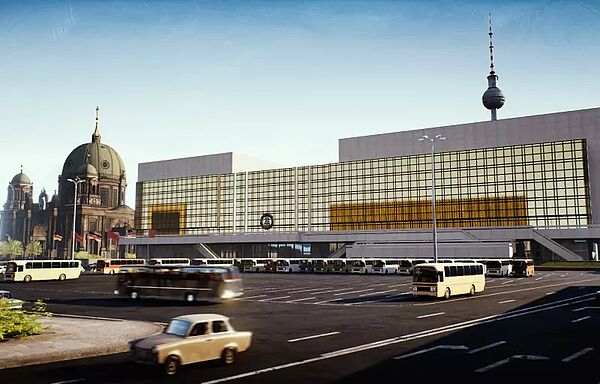Berlin is knorke: XR technologies for city tours
Berlin, 24. February 2025: In Berlin, past, present and future come together in an impressively natural way. The city’s history is interwoven with its multiculturalism and international influences, with its architecture and, last but not least, with its spirit of innovation, which makes the Spree metropolis an attractive business location even beyond national borders. In order to understand Berlin today and develop it for tomorrow, it is always worth taking a look at the past. Thanks to XR technologies such as Augmented and Virtual Reality, such a view will become even more vivid and tangible in the future. So-called immersive technologies enable the development of new design spaces for a wide variety of areas – including the communication of city history. In Berlin, companies and universities such as HTW Berlin are already working on the use of XR technologies and the shaping of historical contexts by means of Artificial Intelligence, and in this context are not only dealing with the latest technological approaches, but also with ethical issues relating to the responsible communication of history.
In addition to research institutions such as HTW Berlin and studios specialising in Virtual Reality such as Studio Deussen, there are a whole range of companies in Berlin that are looking at the city’s history from a new perspective. For example, Zaubar UG is building bridges to the past and the future by turning locations such as memorials, museums or even public spaces into multimedia experiences using AI and AR services as well as its own SaaS platform. The Augmented Reality App MauAR also makes it possible to experience (again) the Berlin Wall. The Berlin developer Peter Kolski gives users an insight into what the cityscape looked like at that time – and how oppressive it must often have seemed. If you want to discover more of historic Berlin, you can use the Augmented Reality App “Cold War Berlin” from the Berlin Wall Foundation and explore and experience Checkpoint Charlie and the history of the armoured confrontation with your smartphone.
In February of this year, a Barcamp was organised by the Future Realities Lab at HTW Berlin in cooperation with Berlin Partner and kulturBdigital. The event focussed on the possibilities and challenges of the technological communication of historical education. Content-related questions about the use of technologies such as VR, AR and XR to address a broader audience and at the same time establish a new awareness of the significance of city history were aimed at researchers, designers, cultural workers, representatives from industry and those generally interested. To provide practical insight into the subject area, students at HTW Berlin presented specially developed XR applications as part of the semester project “Unveiling History – Transmedia Interfaces between People, Space and Time”. The participants finally agreed: The use of XR technologies for teaching history requires extremely responsible handling, always the right context and the opportunity for reflection.
In June of this year, another event followed, which focused on reliving the city’s history. The summit “URBAN IMMERSION – society, art and history re-experienced” organised by INVR.SPACE focused on how digital and immersive media as well as Artificial Intelligence can be used to understand, retell, experience and shape urban history. In addition to talks, workshops and participatory formats, immersive and digital installations were shown in the historic rooms of St. Elisabeth Church, demonstrating the interaction between analogue history and digital future.
Berlin offers countless stories and perspectives. Making those that belong to the past (more) accessible for the future is therefore an exciting opportunity for visitors and Berliners alike, not only to experience the city, but also to view it with a trained eye – and ultimately to understand it (better).




